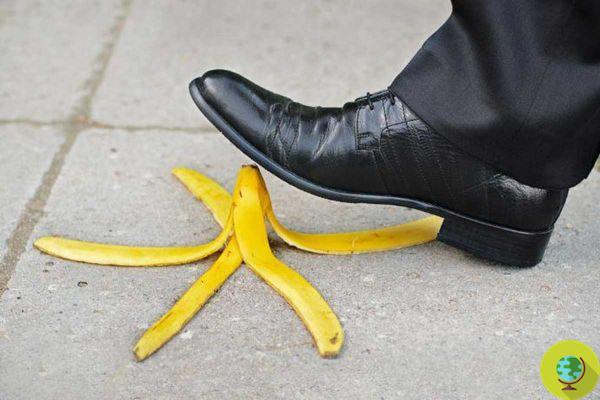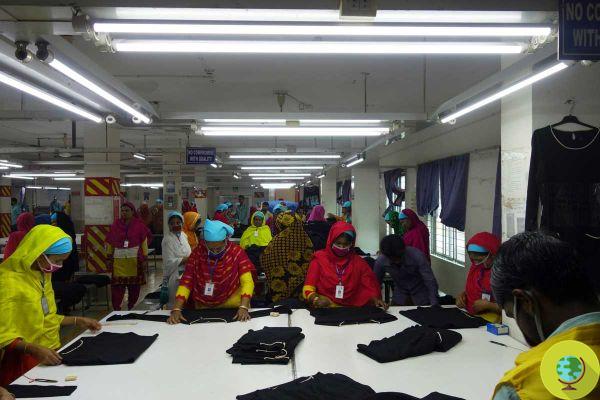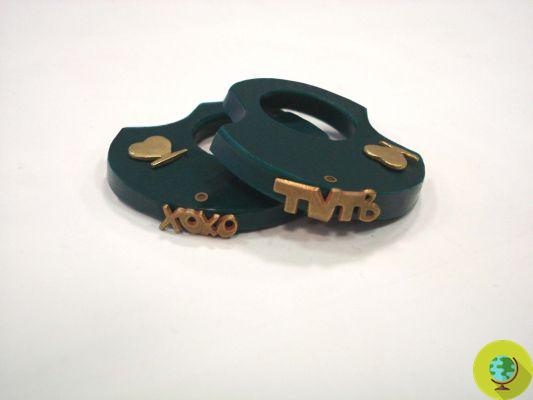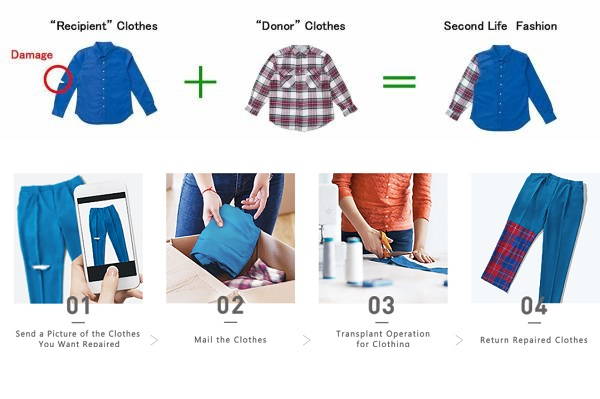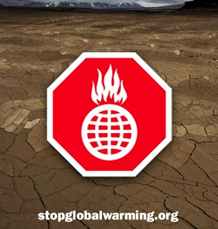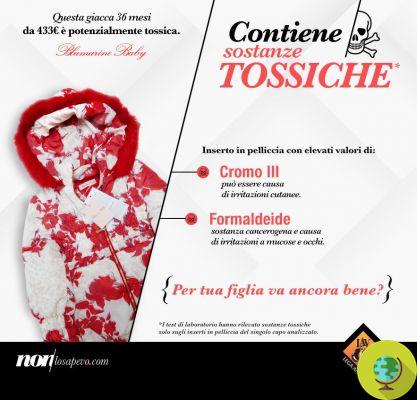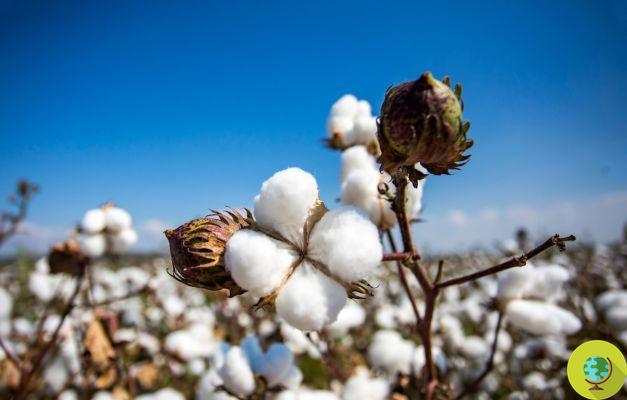
Running shoes also pollute, helping to produce carbon dioxide emissions. To be accused by an MIT study, however, were the production processes of the beloved sneakers
Don't store avocado like this: it's dangerous
also the shoes racing they pollute, helping to produce carbon dioxide emissions. To be accused by a study of the MIT however, it was the production processes of the beloved sneakers.
According to the study, a classic pair of running shoes produces approx 136 kg of carbon dioxide emissions, like a 100 watt bulb on for a whole week. American researchers have found that more than two-thirds of a running shoe's carbon dioxide emissions therefore come from manufacturing processes, with the lowest percentage resulting from the acquisition or extraction of raw materials.
Usually most of the emissions are attributed to more complex products such as electronic ones, but for the “less advanced” products, and in particular those that do not require electronic components, the impact on the environment was not calculated.
Why a couple of gym shoes, apparently a relatively simple product, produces large quantities of carbon dioxide in production? To analyze the impact was the team led by Randolph Kirchain and Elsa Olivetti, who examined the various stages of the production process, from the extraction of the materials to the actual realization of the final product, to find the 'errors' that lead high greenhouse gas emissions.
The team found that much of the carbon is generated bypowering production plants. A significant portion of the world's shoe manufacturers are located in China, where coal is the main source of electricity. Coal is also used to carry out other processes in plants.
According to the MIT, a pair of running shoes is made up of 65 distinct parts that require more than 360 processing steps to assemble, sew and cut the pieces, for foaming and heating. Olivetti, Kirchain and colleagues found that for small components the processes are energy-intensive, and therefore, carbon-intensive. Considering that 25 billion pairs of shoes are produced every year, total CO2 emissions are equal to 340 million tons per year.
In counting the carbon emissions from all parts of a running shoe's life cycle, the researchers were also able to pinpoint places where reductions could be made. For example, they observed that manufacturing facilities tend to throw away unused material. Instead, Kirchain and colleagues suggest the recycling of these scraps, combining together some production phases of the shoe.
Francesca Mancuso
READ also:
- Sneakers recycling: with Esosport more than 45 thousand sneakers recovered
- Carbon Footprint on product labels: Tesco supermarkets backtrack




